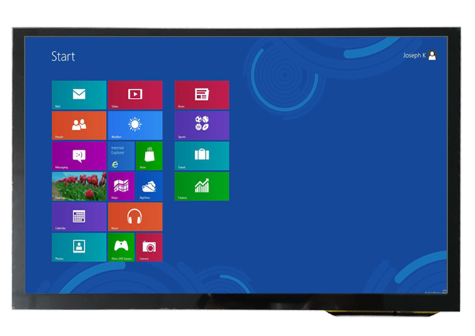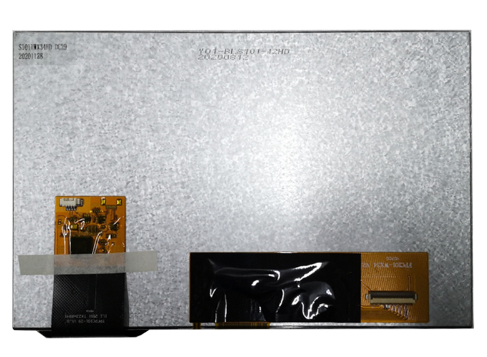Copyright © 2020-2021 Shenzhen CDTech Electronics LTD. All rights reserved. Site Map Powered by iwonder.cn

display / touch / bonding solutions

display / touch / bonding solutions
A Custom LCD display is a rectangle shape that is uniformly lighted and is composed up of discrete square sub - sections pixels.
The illumination in the pixels is attenuated and transmitted through various color filters, resulting in a small region filled with single color, known as a subpixel.
Human eyesight is unable to detect each particular subpixel because subpixels are properly aligned next to one another in a dense pattern.
This causes the colors of the subpixels to blend altogether, resulting in millions of various hues.
The panel is apparently made up of a massive chunk of greyish glass or polymeric sheet that flickers the pixels.
Although there are a variety of techniques to accomplish this, however the polarizing layers is the approach utilized in today’s modern LCD panels.
Light generally goes in one pathway, but it can still be spun along its path; this is what is known as polarization of light waves.
A polarizing modulation is a method of filter used in LCD panels. Only light rays that appear tilted, or polarized, at a specific angle will pass through such filter.
Liquid crystals, that can polarize light, are laminated in between two polarizing filters.
Light from the backlighting strikes the first polarizing filter inside the LCD display.
Afterwards, the light is then deflected by a particular degree before passing through into the second polarizing filter, which is made of liquid crystals
The voltage level applied determines how much light ray the second polarizing filter tilts and stops.
That's how voltage regulates the amount of light that passes through into the panel.

The light source in a Custom LCD display is always the backlight, which must be white since this projector supplies light to all red, white, and colored subpixels.
CCFLs or LEDs are commonly used to create this white light. CCFLs use mercury to create fluorescent light source, but LEDs do not, making them considerably greener.
CCFLs and LEDs also have drawbacks. It could just be a juncture or a linear light source.
Nevertheless, because light rays must be spread across a considerably greater area, LCD displays employ scattering and reflective layers.
After passing through a succession of irregularly distributed bumps, the scattered light goes towards the main LCD panel.
A reflective layer redirects dispersed light that would otherwise be dissipated back to the LCD panel.
An LCD display utilizes power sources which are not typically found in most buildings, necessitating the use of a power converter.
The primary voltage is transformed to an auxiliary Voltage source of 12 to 24 volts.
After that, the power is split between the illumination and the microsystems.
The 5V for the screen's circuitry is separated, with one flowing to the LVDS receivers and another travelling towards the bias driver.
Micro-electronics are small electrical devices that, or circuitry engaged in digital circuits, can be found within a Custom LCD display.
They are separated into two roles which are continuous video transceiver and the panel actuator.

Do you require a custom LCD display to promote your goods or to show the content of your display?
We are delighted to tell you how we offer an efficient, long-lasting, and cost-effective custom LCD screen that produces excellent image quality with high resolution.
Simply click here to make a purchase or find out more from our merchandise.
By continuing to use the site you agree to our privacy policy Terms and Conditions.